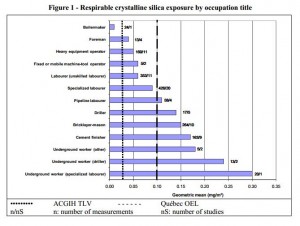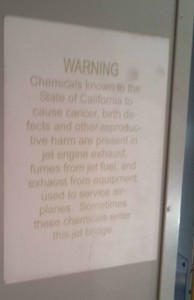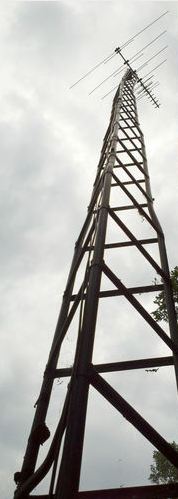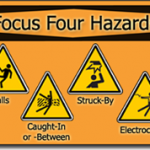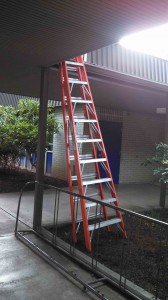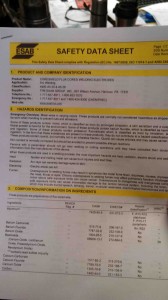Fri 26 Apr 2013
Company Safety Awards
Posted by admin under Admin Controls, Engineering Controls, Management, Safety Policies, Safety Programs, Uncategorized
Comments Off on Company Safety Awards
If you’ve ever won an award before, sometimes getting the award rarely equates to anything lasting (other than your increased ego).  However, in construction nowadays, safety awards are HUGE! This is especially true if you are competitive bidding (or plan to in the future). I know companies who have received jobs & project  based upon one (or several) safety awards they have won. Of course they had other things going for them, but the safety award was the tipping point.
However, in construction nowadays, safety awards are HUGE! This is especially true if you are competitive bidding (or plan to in the future). I know companies who have received jobs & project  based upon one (or several) safety awards they have won. Of course they had other things going for them, but the safety award was the tipping point.
I am talking about company safety awards, not safety awards for being safe (see my earlier post, about safety incentives).
I really don’t think it matters where you get the award.
- Could be a OSHA SHARP, OSHA VPP, a regional/local conference (here’s an example, and here),
- an association award for safety (AGC, CURT, ABC),
- an insurance award (workers comp, your general liability carrier),
- safety program award,
- trade association (HVAC, Landscape, Union) or go for
- Safety non-profit (National Safety Council), ASSE, local section, or
- LEED and sustainability award (I know, not exactly safety-related).
Heck, create your own award! If you’re a GC, or a specialty contractor, why not give awards to your subcontractors or general contractors if they do an amazing safety work, or provide innovation? Print off your own certificates. Or, at the end of your project, ask your owner/GC if they will recommend and/or give you an award for the safe work you’ve performed.
Here’s an example of a construction website’s awards: Russell, James (no connections). Here’s a similar article from EHS Today.
